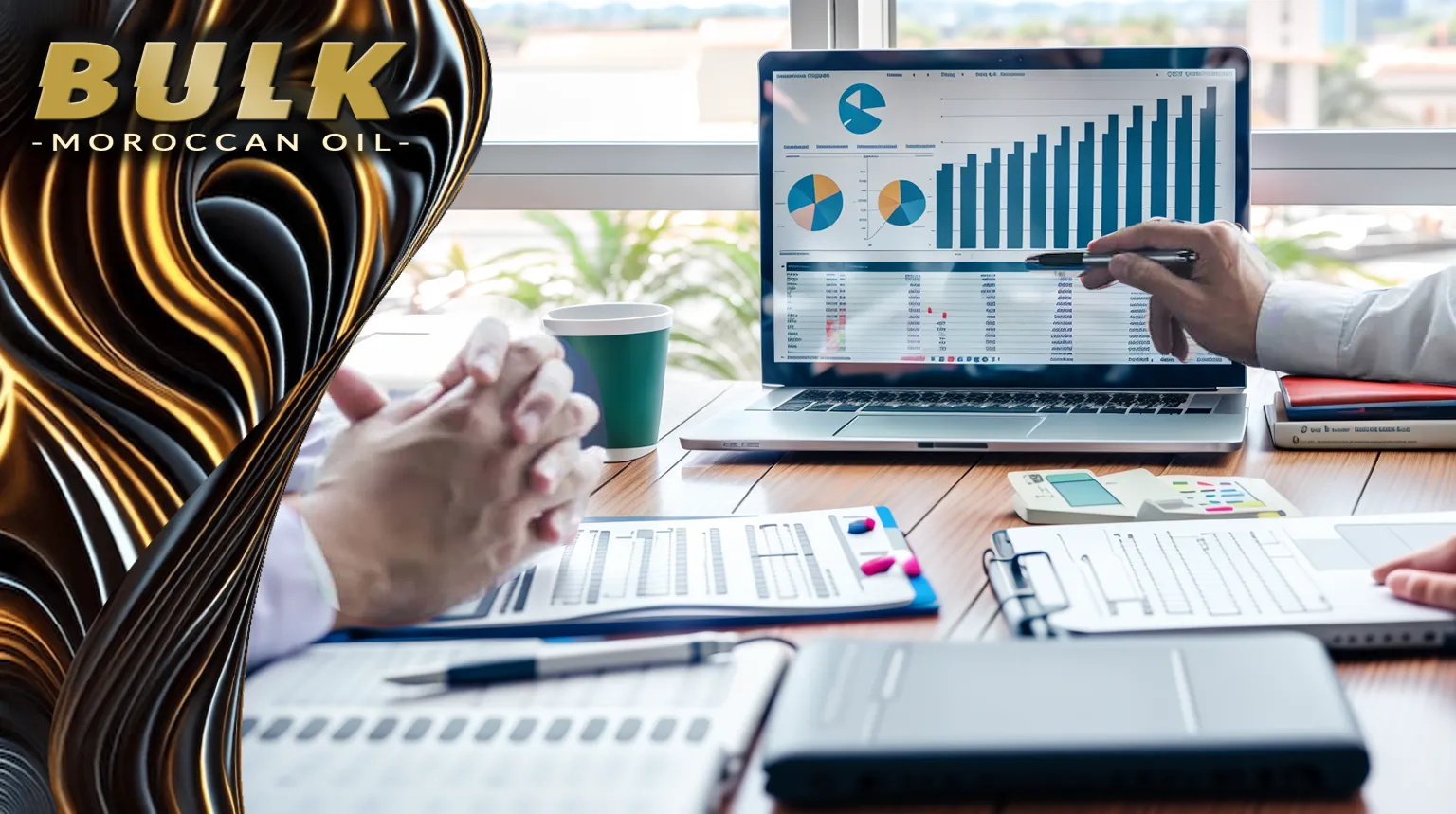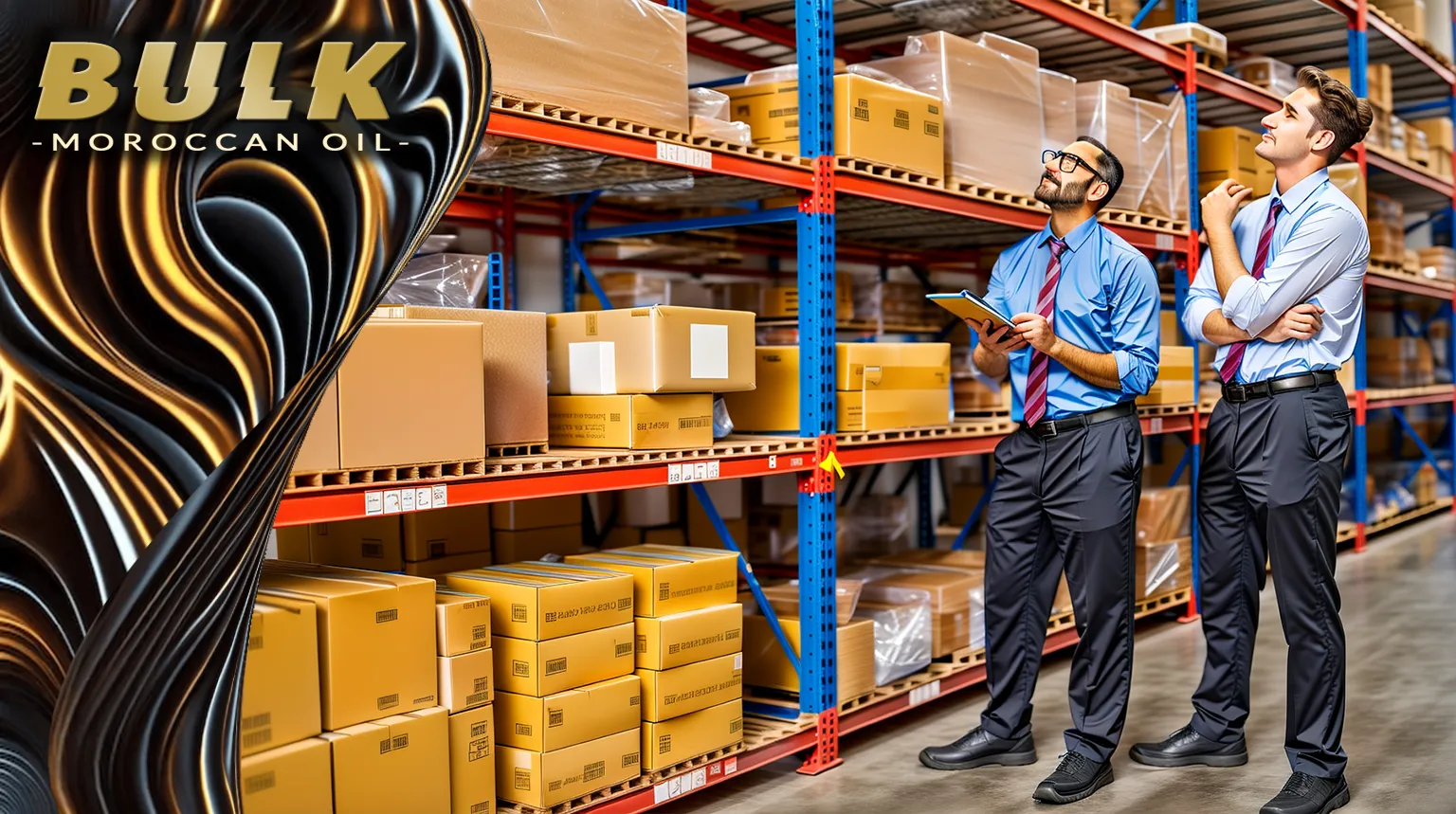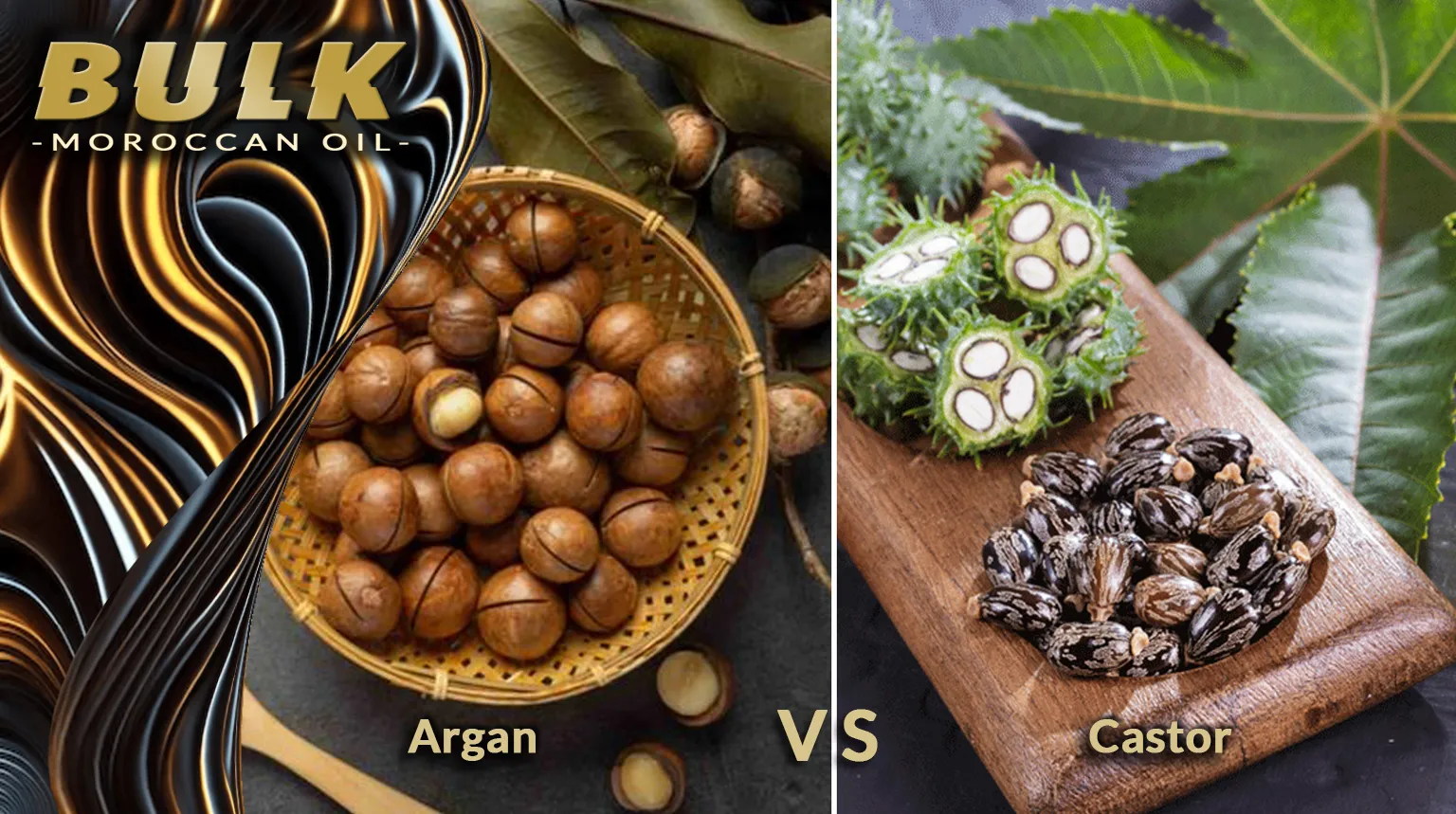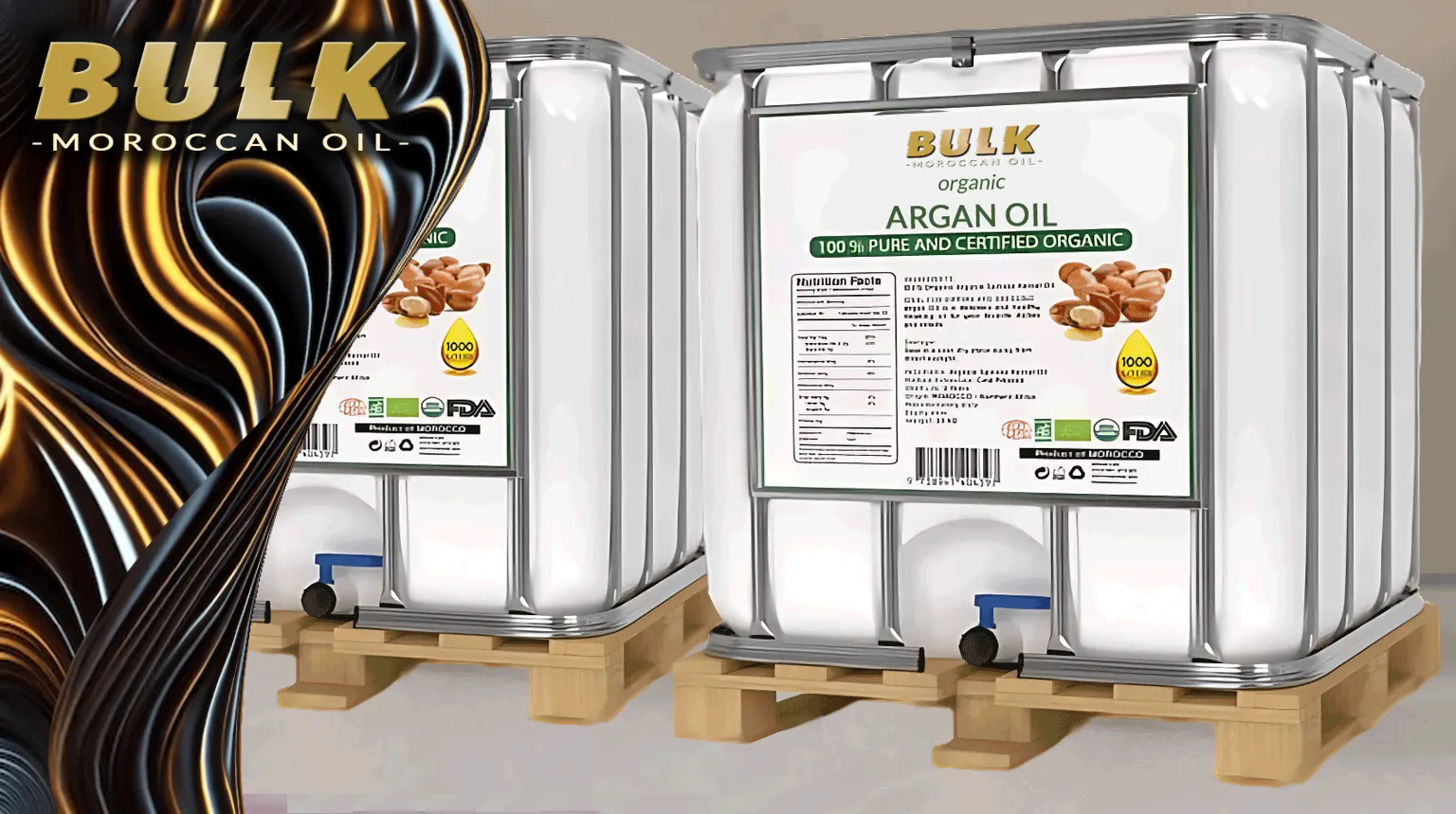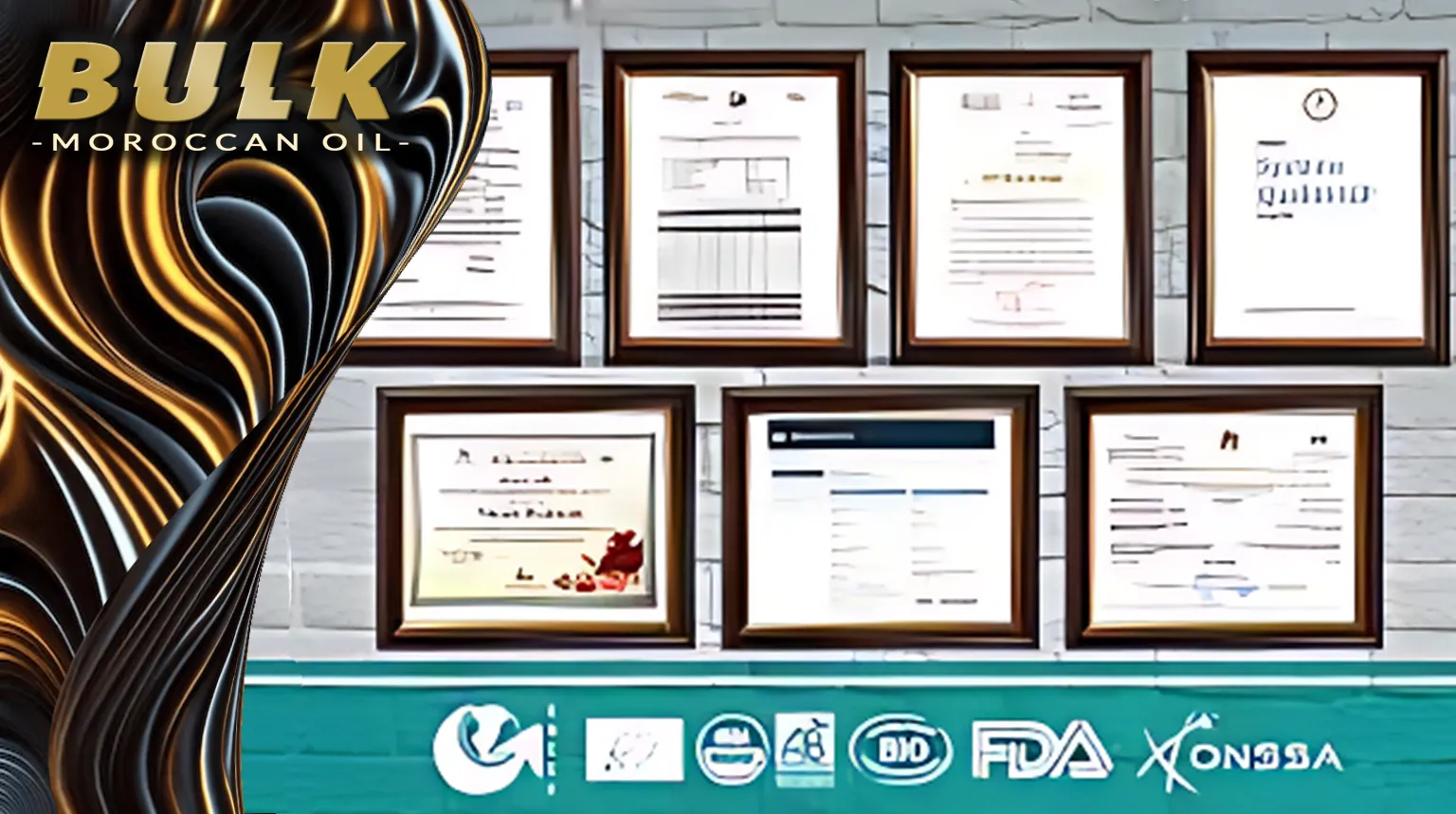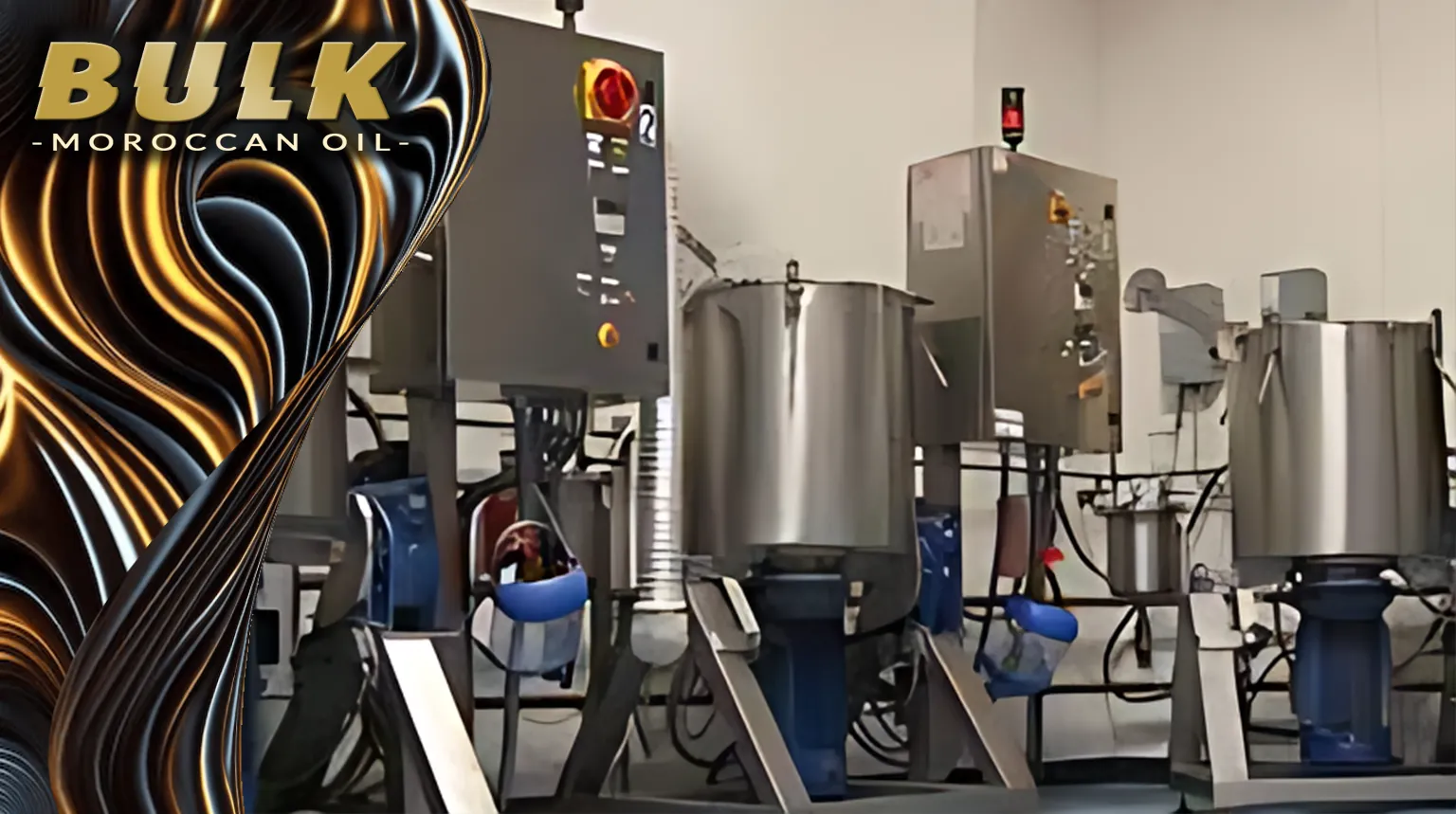Optimize Your Wholesale Prices: Mastering Guidance to Pricing Your Products for Wholesale
Setting the right wholesale prices for your products is essential to secure profitability and sustainability in the dynamic and competitive wholesale world. This comprehensive guide delves into the intricacies of wholesale pricing strategies, offering a detailed exploration of methods and models that can help businesses effectively price their products. From the nuances of the pricing formula to the subtle art of balancing cost and value, this article is a must-read for entrepreneurs, wholesale distributors, and retail buyers interested in honing their pricing acumen. Whether you're a seasoned player or a newcomer to the wholesale marketplace, the insights presented here are tailored to enhance your understanding and help you easily navigate the complexities of pricing products for wholesale.
.
Content List:
- What is Wholesale Pricing, and How Does it Differ from Retail?
- Why is Setting the Right Wholesale Price Crucial for Your Business?
- What is the Standard Pricing Formula for Wholesale Products?
- How Can the Pricing Model Influence Wholesale Strategy?
- What to Consider Before Setting Your Wholesale Price?
- How Do You Balance Cost Price and Suggested Retail Price?
- Cost-Plus Pricing vs. Value-Based Pricing: Which is Better for Wholesale?
- Is Absorption Pricing Suitable for Your Wholesale Product?
- How to Use a Pricing Calculator to Determine the Right Price?
- What are the Different Wholesale Pricing Strategies Available?
- How Can Differentiated Pricing Boost Your Wholesale Business?
This blog is brought to you by BULK Moroccan Oil, your wholesale supplier for organic pure Argan oil.

1. What is Wholesale Pricing, and How Does it Differ from Retail?
Wholesale pricing is the price set by manufacturers or distributors for bulk purchases made by retailers or other business entities. It is typically lower than the retail price consumers pay when purchasing single units in a retail store. The primary reason for this difference is the transaction volume; wholesalers sell large quantities of products at a lower price point to retailers, who then mark up the price to cover their costs and make a profit.
2. Why is Setting the Right Wholesale Price Crucial for Your Business?
The wholesale price you set can make or break your business. It must cover all production costs, including raw materials, labor, and overhead costs, while allowing for a reasonable profit margin. Setting the price too high might drive away potential wholesale customers, whereas a low price could harm your profitability. Finding the right price for your products is a balancing act ensuring sustainability and market competitiveness.
3. What is the Standard Pricing Formula for Wholesale Products?
The most common pricing formula for wholesale products is the cost-plus method, which involves adding a set profit margin to the cost price of the product. This formula is straightforward: Wholesale Price = Cost Price + Profit Margin. The profit margin is typically a percentage of the cost price that reflects both the value of the product and the business's financial goals.
4. How Can the Pricing Model Influence Wholesale Strategy?
The chosen pricing model can significantly affect your wholesale strategy. For instance, a value-based pricing model may allow you to charge a higher price due to perceived value, while competitive pricing strategies might compel you to offer products at a lower price to match or undercut competitors. The right pricing model should align with your overall business objectives and market positioning.
5. What to Consider Before Setting Your Wholesale Price?
Before setting a wholesale price, several factors must be considered to ensure success:
- Cost of Goods (COG): This is the base cost that includes manufacturing, shipping, and any additional expenses.
- Overhead Expenses: Regular operational expenses such as rent, utilities, and salaries should be factored into the price.
- Profit Margin: Based on industry standards and business goals, decide on a reasonable percentage over the COG.
- Competitive Analysis: Research competitors to ensure your pricing is in line with the market.
- Value Proposition: If your products offer unique benefits, your pricing should reflect that added value.
6. How Do You Balance Cost Price and Suggested Retail Price?
Balancing cost price with the suggested retail price (SRP) is important to ensure that retailers can profit while your products remain attractive to end consumers. The SRP is often determined by doubling the wholesale price, a standard practice known as keystone pricing, which offers retailers a solid profit margin while keeping the final selling price reasonable.
7. Cost-Plus Pricing vs. Value-Based Pricing: Which is Better for Wholesale?
Cost-plus pricing ensures that all costs are covered and a profit is made. It is straightforward but does not account for the perceived value of the product. Value-based pricing, on the other hand, sets the price based on the perceived value to the customer, often allowing businesses to charge a higher price and increase profits. The best approach depends on your product's positioning in the market and your brand's value proposition.
8. Is Absorption Pricing Suitable for Your Wholesale Product?
Absorption pricing involves setting the price by absorbing some of the costs to offer a lower price to the customer. This might be suitable if entering a new market or attempting to gain a competitive advantage. However, absorption pricing can be risky if not carefully managed, as it could potentially cut into profit margins.
9. How to Use a Pricing Calculator to Determine the Right Price?
A pricing calculator can be a useful tool in determining the right price for your products. By inputting various data such as COG, desired profit margin, and other expenses, a pricing calculator can suggest a price that covers costs and achieves profit goals. This method removes some of the guesswork and helps ensure that your pricing is data-driven.
10. What are the Different Wholesale Pricing Strategies Available?
Several different wholesale pricing strategies can be implemented:
- Keystone Pricing: Doubling the cost price to arrive at the retail price.
- Discounted Pricing: Offering products at a reduced price to certain retailers or during specific periods.
- Tiered Pricing: Providing different pricing tiers based on the volume purchased.
- Manufacturer’s Suggested Retail Price (MSRP): The price the manufacturer recommends that the retailer sell the product for.
11. How Can Differentiated Pricing Boost Your Wholesale Business?
Differentiated pricing allows you to segment your market and set different prices for different customer groups or circumstances, such as volume discounts. This can be an effective way to cater to various customer needs, maximize profits, and increase market penetration.
Conclusion
To wrap things up, the art of wholesale pricing is intricate, requiring informed decision-making and methodical execution. To set the wholesale price effectively, it's imperative to use this pricing framework mindfully. Set a price that not only covers costs but also secures a profit margin. Set the right wholesale price and you open the door to a thriving business relationship with retailers, who in turn can mark up the price to ensure their own profitability without compromising on competitiveness. The interplay between wholesale and retail pricing hinges on the ability to pitch products at a higher price in retail while maintaining attractive competitive prices for wholesale buyers.
Choosing the right pricing model is a strategic endeavor that can shape the success of both your wholesale and retail channels, which are two fundamentally different markets with distinct demands. A pricing model may incorporate different pricing tiers to cater to varied buying capacities, or it may use to determine wholesale prices that incentivize bulk purchases. When setting a wholesale price, consider the price you need not only to cover costs but also to position your product attractively in the marketplace.
One must tread carefully to ensure that your pricing does not deter potential buyers—setting your price too high can be as detrimental as pricing too low. Striking the balance is key, and it often involves setting the price that retailers find appealing and consumers are willing to pay. This delicate equilibrium helps determine the final selling price that will resonate with customers at a price point that promises sales volume and profitability.
Ultimately, the goal is to get your wholesale price right—a price that reflects the quality and value of your products, adequately compensates for the costs, and finds the sweet spot in the market. Different wholesale pricing strategies may apply, whether offering products at a fixed price or establishing discounts for bulk purchases, ensuring that your pricing strategy accommodates the dynamics of lower price points for wholesale and higher prices for retail. By remaining vigilant and receptive to market trends, any business can master the subtle art of wholesale pricing and carve out a path to lasting commercial success.
Key points:
Here are the key points to remember:
- Wholesale pricing is typically lower than retail to accommodate for volume sales.
- The right wholesale price is crucial for covering costs and ensuring profitability.
- Pricing formulas and models provide a framework for setting prices, but should also reflect the product's value.
- Consider all costs, desired profit margins, and market conditions when determining prices.
- Different pricing strategies can cater to specific markets and objectives.
The insights garnered here should serve as a roadmap for establishing a successful pricing strategy in the wholesale realm. Remember, pricing is not a static element but a dynamic component of your business that should evolve with the market landscape and your strategic goals.
Other Articles in this Series:
- Becoming a distributorUnderstanding the Wholesale Business
- Understanding The Wholesale Business
- Securing Financing For Your Wholesale Business
- Planning Your Wholesale BusinessSourcing Wholesale Products
- Sourcing Wholesale Products
- Setting Up Your Wholesale Business
- Understanding the Wholesale Pricing Model
- Marketing and Selling Wholesale Products
- Managing Operations and Logistics
- Expanding and Growing Your Wholesale Business
- Tips Making A Blueprint for a Successful Wholesale Distribution Business
References:
- "5 Types of Pricing Models for Wholesale — Ranked from Good to the Best" | Symson Blog
- "How to Price Wholesale & Retail Products (2024) - Shopify UK" | Shopify UK Retail Blog
- "Types of Pricing Strategies for Wholesale" | Indeed Career Advice Canada
- "Calculating Wholesale Rate: A Complete Guide For Businesses" | Wholesale Suite Plugin Blog
- "How to Price Your Product for Wholesale and Retail" | LinkedIn Articles by o2Vend
- "The Ultimate Wholesale Pricing Strategy" | Erplain Blog
- "How to price your products for wholesale without a pricing formula or calculator" | Small Business Collaborative UK Blog
- "25 Secret Wholesale Pricing Strategies to Increase Sales - WPXPO" | WPXPO Blog
- "3 wholesale pricing formulas to use in 2023 - Linnworks" | Linnworks Blog
- "Wholesale Price Vs Retail Price: How to Differentiate Between Them - WholesaleX" | WholesaleX
Hashtags:
#Wholesale #WholesalePricing #RetailPrice #PricingStrategies #ProductPricing #PricingFormula #PriceYourProduct #WholesaleTips #PricingModel #RetailStrategy #WholesaleBusiness #ProfitMargin #B2B #PricingGuide #PriceForSuccess
Frequently Asked Questions (FAQ)
Q: What is the importance of pricing methods in wholesale and retail?
A: The pricing method is crucial in determining the profitability of your wholesale and retail operations. It helps you set the right product price to attract customers while ensuring healthy margins.
Q: How can I price my product effectively for wholesale?
A: To price your product effectively for wholesale, consider factors such as the cost of production, competition in the market, and desired profit margin. Conduct market research to find the right price for your products.
Q: What are the differences between wholesale price and retail price?
A: Wholesale price is the price at which products are sold in bulk to retailers, while retail price is the price at which retailers sell the products to consumers. Wholesale prices are typically lower than retail prices.
Q: How can I find the right pricing strategies for my wholesale business?
A: To find the right pricing strategies for your wholesale business, analyze your costs, target market, and competition. Experiment with different pricing models to see what works best for your products.
Q: What is a wholesale pricing model and how can it benefit my business?
A: A wholesale pricing model is a strategy that helps you calculate the wholesale prices of your products based on factors like production costs, desired profit margin, and market demand. It can help you set competitive prices and maximize profits.
Q: How can I determine the price to get the best wholesale deals?
A: To determine the price to get the best wholesale deals, consider your production costs, competitor prices, and the value your product provides to customers. Negotiate with wholesalers to find a price that benefits both parties.
Q: What are some common mistakes to avoid when setting wholesale prices?
A: One common mistake to avoid is setting your price too high, which can deter potential buyers. It's important to balance profitability and competitiveness to attract wholesale customers.









